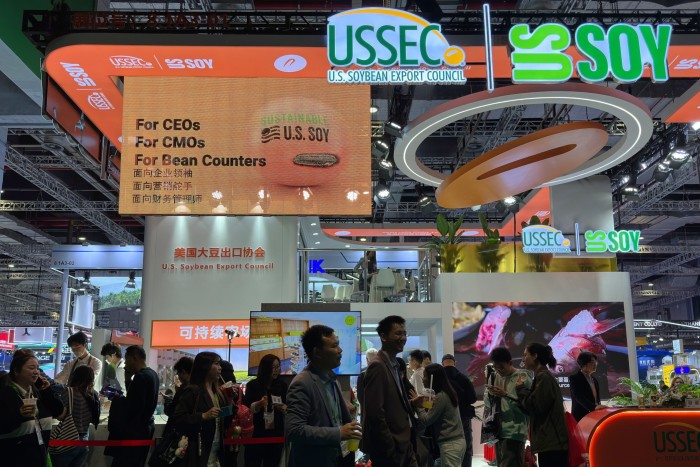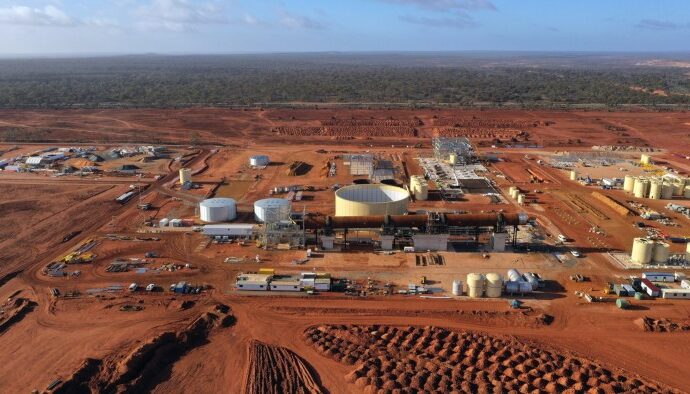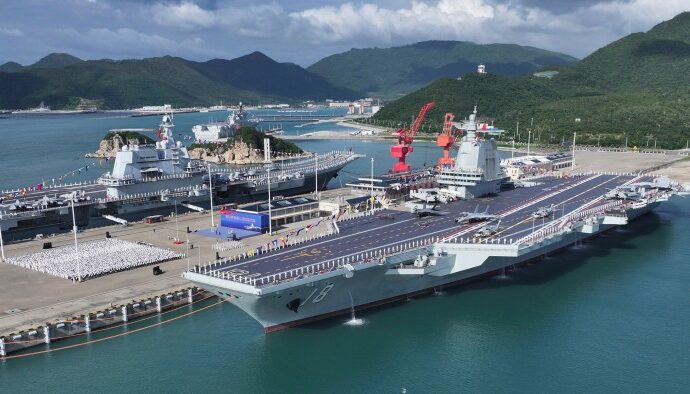The recent easing of Chinese-American trade tensions was good news this week for many of the thousands of attendees at Shanghai’s biggest import fair, but few were more pleased than the representatives of the US Soybean Export Council.
“I think the 500,000 soyabean farmers [in the US] have breathed a huge sigh of relief,” said council chief executive Jim Sutter of the one-year trade truce agreed last week by President Donald Trump and Chinese leader Xi Jinping.
“It really is good timing,” said Sutter, of the subsequent trade fair. Just weeks earlier, US soyabean shipments to mainland China had ground to a halt just as farmers were getting the harvest under way, amid high tariffs.
The China International Import Expo, an annual trade fair launched by Xi in 2018, aims to demonstrate that the world’s biggest exporting nation is open to buying more goods and services from its international partners.
The CIIE, which this year features 4,108 overseas exhibitors, is a showcase of “China’s firm commitment to global co-operation, which injects much-needed certainty and stability into the global economy”, according to state news agency Xinhua.

Yet while many participants were hopeful of boosting sales in China’s market, there are few signs of any fundamental shift in the country’s deeply imbalanced trade.
Last year, the country’s overall trade surplus for goods was the highest ever at almost $1tn, and so far this year it is already at $965bn, according to fresh data released on Friday.
China’s goods surplus with the US, a core driver of the “liberation day” tariff blitz Trump launched in April, is at $233bn for this year.
China’s economy has relied heavily on exports to support growth amid a real estate crisis that has sapped consumer confidence. In October, exports unexpectedly dropped 1.1 per cent year-on-year. Imports grew 1 per cent, also below expectations, though soyabean shipments from South America soared to record levels for October.
“The US total trade deficit remains pretty much the same,” said Eric Zheng, chair of the Shanghai American Chamber of Commerce. “It’s a structural issue.”
The US deficit with China might be reduced by focusing on sales of agricultural products — which he described as “less politically sensitive” — and of services in sectors such as finance and insurance, Zheng said.
That said, “you will never see the trade imbalance between these two countries go down to zero. It’s going to be almost impossible,” he said. “But can we narrow that somewhat?”
The continuing allure of China’s vast but somewhat anaemic consumer market was evident across the Shanghai expo’s more than 430,000 square metres of exhibition space.
“I think Europe has a good potential to trade more with China than they are doing lately,” said Erik Bresling, chief executive of Danish Speciality Foods, which makes biscuits.
His company’s China sales, at around Rmb2bn ($280mn) a year, had been expanding at an annual rate of about 5 per cent in recent years after “tremendous growth” in the past, Bresling said.
Other displays, such as a Tesla stall displaying a humanoid robot alongside the US automaker’s electric vehicles, offered reminders of the significance of China to some of the world’s best-known companies.
Joe Nguyen, head of the Washington state’s commerce department and a rare representative of any level of US government at the Shanghai conference, said people in China were acknowledging American concerns about the deficit.
“Whatever the reason they chose to have an import expo, the fact that they have it is a big signal,” Nguyen said.
At an expo panel event, Nguyen on Wednesday listed major companies from his home state including Boeing, Microsoft and Starbucks, which this week unveiled the sale of a stake in its mainland business to private equity group Boyu Capital.
After stressing that Washington state was keen to partner with China, Nguyen said he “certainly saw the mood change a bit in the room”.
The relatively few other Americans at the expo event drew on their country’s intertwined history with China. Christopher Beros, Greater China director at the California Wine Institute, a trade body, highlighted 19th century Chinese immigration to the state and their high participation in the labour force, particularly in wine-producing counties.
China accounted for only around $80mn of California’s total annual wine exports of about $1.5bn, Beros said, but the market had “evolved so much and so quickly” in the nearly two decades he had been involved with it.
“In 2007, it was mostly a gifting market,” he said. Now, the challenges were “more competitive issues” than “between the US and China”.
“It’s because China is such a huge market, and perhaps more importantly, such a huge potential market, everybody is here.”
Still, stalls set up by Chinese local governments at the expo offered clear reminders for foreign exporters of the pressures on product pricing in a deflationary and hyper-competitive market. At one, a Chinese seller was offering leather jackets for Rmb580 ($81), adding that he had 1,000 available.
At the Soybean Export Council stall, Sutter said US farmers had been funding work in China since 1982 to help develop livestock farms that would in turn be a source of demand for the beans.
Despite continuing uncertainty about tariff levels, which were still higher for US exporters than competitors in Brazil and Argentina, things had “changed for the better” since Trump’s latest tariff war, he said.
“People can question the style and how it was done, but I think it has been a wake-up call for many countries,” Sutter said, adding that such countries might now be saying: “Hey, maybe we need to be buying more stuff from the United States, maybe we need to change our relationship.”
Additional reporting by Haohsiang Ko in Hong Kong



